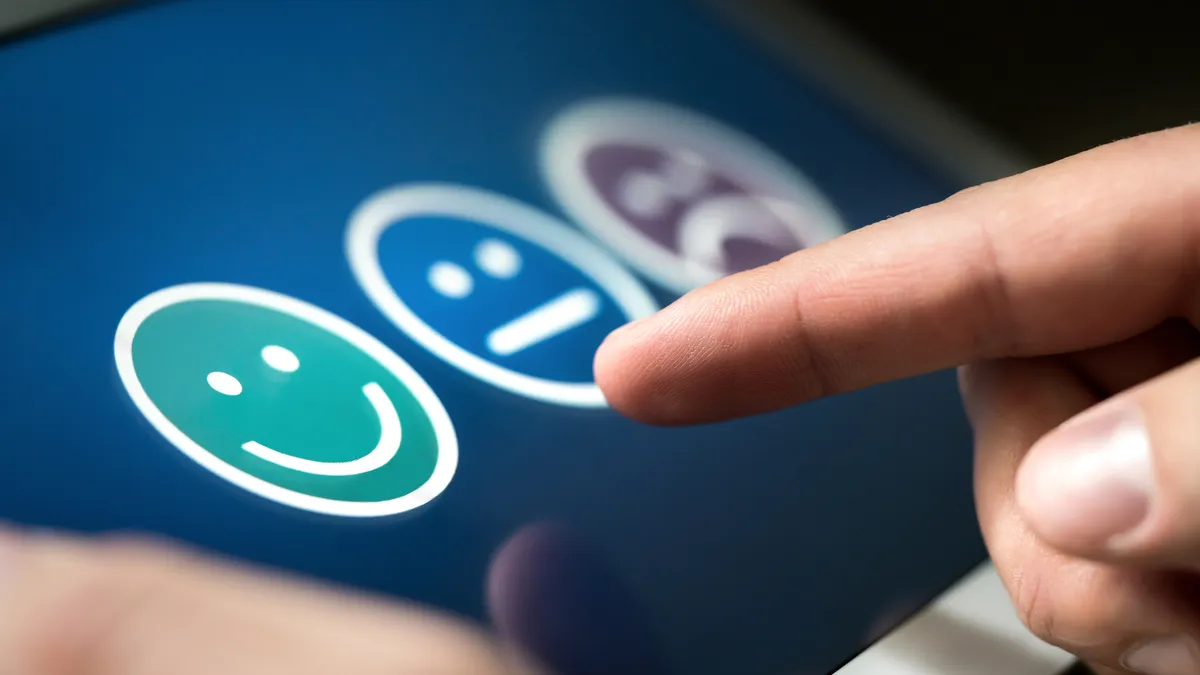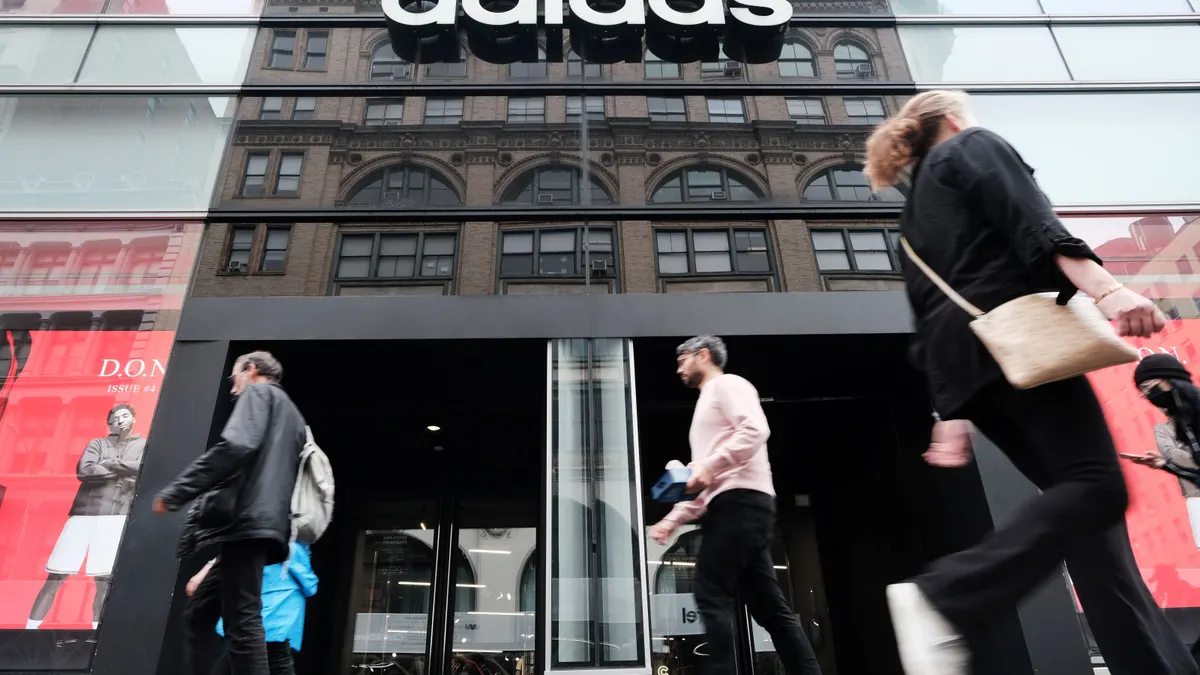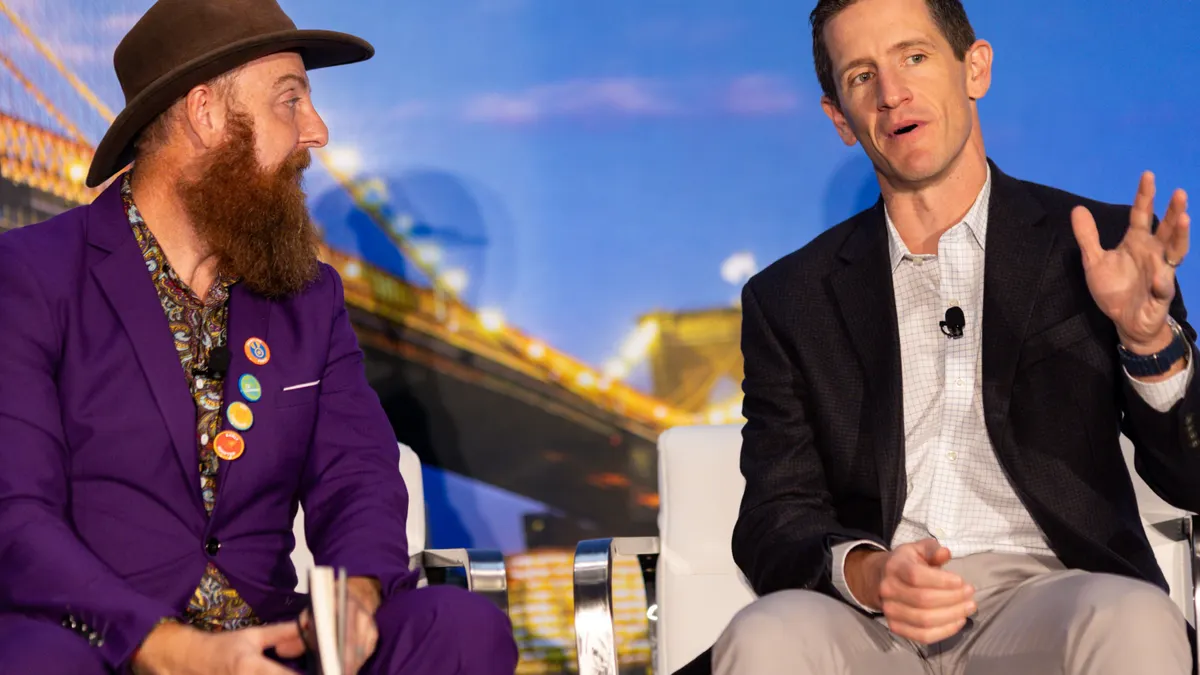When an employee makes a personal appeal to a customer to give their interaction a high rating on a feedback survey, that’s survey begging.
“Taking this survey will really help me out,” an employee might say, or, “Please give me five stars!” An employee may even decide not to mention the survey if the customer interaction is negative.
While those surveys collect data about a customer’s experience, CX teams are in a bind: Even if survey begging leads to a higher rate of survey participation, the data is biased.
“It's just an antiquated way of getting data to understand what's driving the consumer experience. You're not going to ever really understand how the consumer experience is panning out if you ask someone to give you a good rating to help them out,” William Cimarosa, senior VP of market research at consumer-insights platform Suzy, told CX Dive. “It’s a completely different objective than what the brand is trying to achieve.”
Still, instances of survey begging are common across industries. Businesses that tie CX goals with employee performance, for example, may be incentivized to chase participation numbers. But as research methods advance, CX leaders have found other ways to garner more accurate customer feedback.
“People want to be heard,” Cimarosa said. “You don't necessarily need to incentivize them.”
Why beg?
The line between begging and asking is thin. As Ken Kiernan, co-founder and president of CX solutions provider ICS.cx, put it, it can come down to one sentence at the end of an employee-customer interaction.
“Adding the caveat of ‘giving us a 10 would really help us provide better services’ points the user towards a subjective response and not objectively reviewing the experience,” Kiernan said in an email. “The feedback is guided and not a true valuation of the company.”
It follows logically that pressuring customers to provide positive feedback results in biased data. So, why does survey begging still occur? The answer, according to Kiernan: “The ultimate chase of the net promoter score.”
Surveys often involved in begging situations typically contain a question about how likely the customer is to recommend business, key to calculating NPS. Despite the data skew, Kiernan said, NPS is a common way for businesses to stand out from the competition and prove their potential to invested parties.
Julie Geller, principal research director at research and advisory company Info-Tech Research Group, said in an email that survey begging also occurs when businesses subscribe to the “outdated belief” that more data leads to better insights. Plus, she said, employees tasked with promoting surveys to customers are often less experienced and aren’t taught the nuances of engagement strategies.
“This scenario results in poor-quality data collection, following the principle of ‘garbage in, garbage out,’” Geller said. She urges companies to shift towards valuing meaningful customer interaction and feedback.
Further, the consequences of survey begging go beyond skewed data. The moments when an employee is appealing to a customer for a favorable review can result in a negative customer experience. As Cimarosa said, “they call it begging for a reason.” Begging, of any type, often makes the recipient uncomfortable.
“By putting them under the gun,” Cimarosa said, “you're actually creating awkward experiences which can be contradictory to the reason for even employing that policy in the first place.”
Back to basics
Businesses that want to leave survey begging behind have no shortage of examples to follow. Cimarosa noted that companies across Asia, in particular, use methods of capturing satisfaction data without really even asking for it.
One in-person example is a three-panel stand, placed in certain aisles and areas that are crucial to the flow of the store, where customers can share feedback, he said. One panel is red and features an image of a frowning face, another panel is yellow, depicting a face with a neutral expression, and the third panel is green with a smiley face. There’s no call to action anywhere on the stand — customers intuitively know they can quickly interact with whichever panel describes their experience as they walk by.
In this type of system, Cimarosa continued, no one is begging. Businesses are also able to collect CX data from different parts of the actual experience, not just the cash register. And that data is more informative.
Other alternatives to survey begging stem from the basics of useful research. Don’t ask a customer something, if that something can instead be observed, Cimarosa said. Observation data avoids begging altogether.
Geller advises companies to center their methodology on gathering quality feedback, whether a business is pursuing microdata on individual trends or macrodata on broader trends. There are also several feedback channels to consider, and a diversified approach can result in deeper research, she said. And, if CX teams do want to use surveys, segmenting the audience to identify the ideal customer profile can help boost relevance.
“Having that process and thinking through, ‘What is the actual experience?’ is going to be much more beneficial than just looking at some sort of metric that's been biased or even leveraged for reasons that aren't related to CX,” Cimarosa said.

















